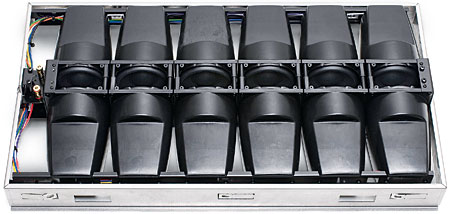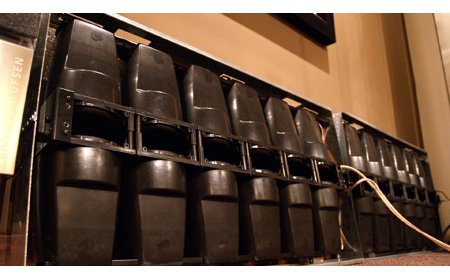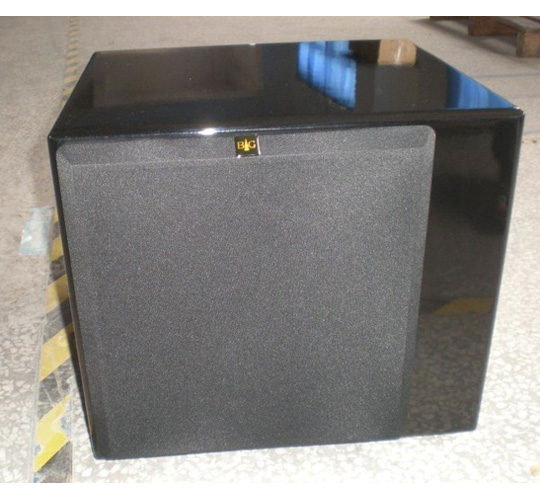
This results in cleaner transient response, better transparency, and improved resolution of low-level sonic details. This lets it accelerate and decelerate very quickly with minimal overshoot.
Bg radia driver#
Compared with a cone speaker, the diaphragm in a planar magnetic driver has ultralow mass. In the presence of an audio signal, these magnets interact with the field around the conductors on the diaphragm, making it move and generate sound. The diaphragm is located near powerful magnets, often neodymium. As I mentioned earlier, a planar magnetic driver consists of a thin diaphragm or membrane with a conductive grid distributed over its surface.
Bg radia drivers#
Specifically, planar magnetic drivers have three advantages. But audiophiles who are fans of such designs consider ribbon, planar, and electrostatic speakers to be the next best thing. It’s safe to say that the perfect loudspeaker doesn’t exist, and perhaps it never will. To find out, I tested the speakers in my home theater system. It seems that BG Radia may have broken some new ground. With these improvements, BG Radia has brought prices more in line with those of mainstream home audio speakers. Improvements in performance and reliability have come from employing new materials and manufacturing techniques. Historically, planar magnetic drivers and ribbon speakers have been very expensive and difficult to integrate into a home environment.

But recent generations have reached impressive new levels of performance and reliability. They’re not new in fact, ribbon drivers have been around in various forms for more than 75 years, and planar magnetic drivers have been around for over 40 years. Both driver types are well known and admired for their extraordinary detail and lifelike music reproduction. The audio signal flows through the grid on the diaphragm, not through the diaphragm.

In a planar magnetic driver, the diaphragm is nonconductive (plastic), but a conductive grid of thin wires or circuit traces is bonded to it. The distinction is that a ribbon diaphragm is made of electrically conductive material (metal), and the audio signal passes through the diaphragm itself. Planar magnetics are outwardly similar to the more familiar ribbon drivers, which is probably why BG Radia uses that terminology in descibing its drivers. The speakers feature BG Radia’s proprietary planar magnetic drivers, which it refers to in its literature as “planar ribbons.” BG Radia is one of a small handful of American speaker manufacturers that design and produce planar magnetic drivers. This system, which came in at $17,800 as reviewed, is designed for custom home theaters, media rooms, even boardrooms and large presentation facilities and houses of worship. My latest assignment is a 5.1channel in-wall speaker system from BG Radia configured around the LA-550. It’s a lot of work and it disrupts an otherwise orderly living room, but I’m not complaining. I have enough space, and I enjoy listening to new speakers, especially high-end types.

Price: $17,800 At A Glance: Excellent clarity and transparency Īs a contributing writer for Home Theater magazine, I’m often the go-to guy for reviewing large in-wall speaker systems that other writers can’t or won’t review, usually for lack of adequate space.


 0 kommentar(er)
0 kommentar(er)
